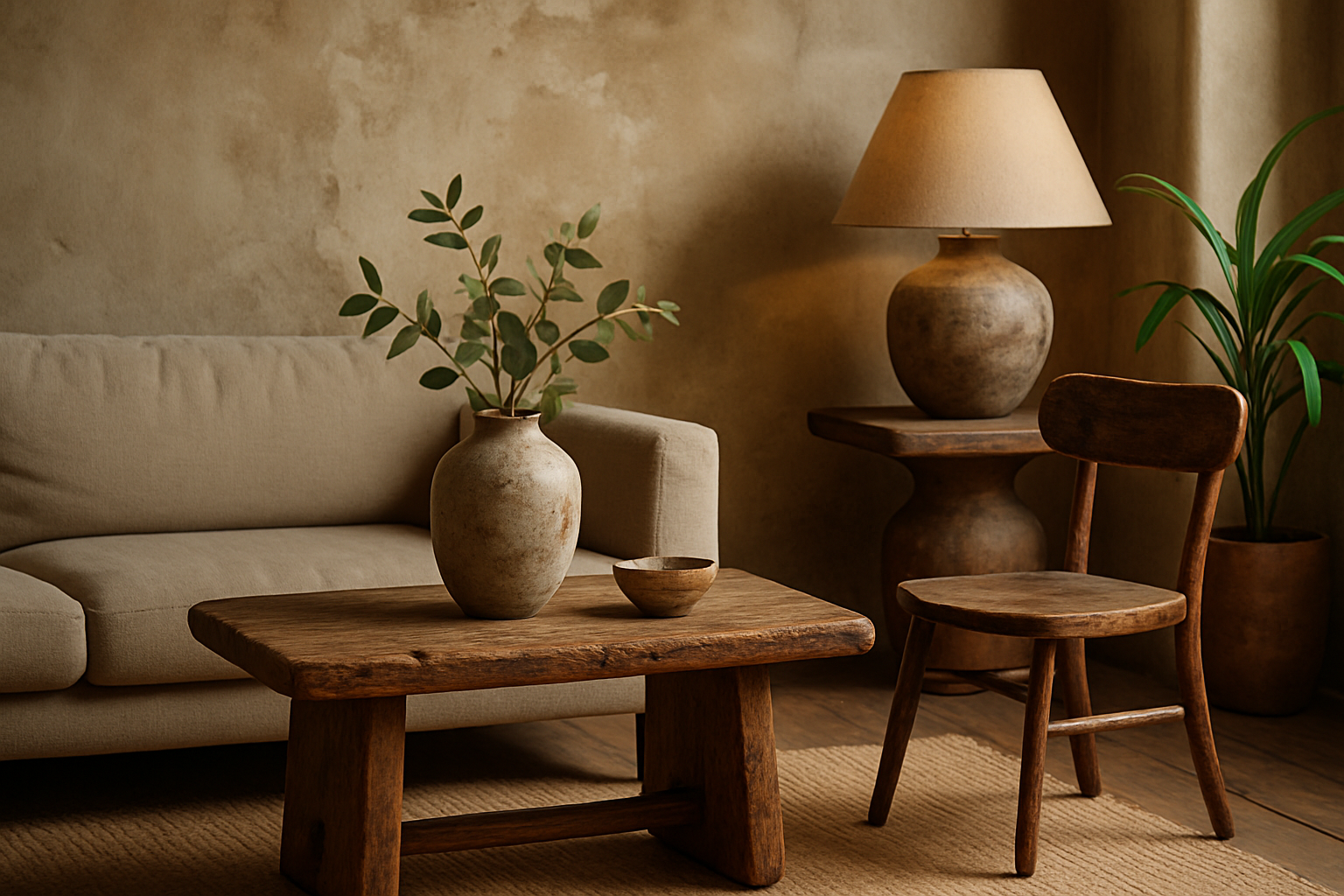Japandi Fusion: The Art of Blending Japanese and Scandinavian Design
In the ever-evolving world of interior design, a captivating new trend has emerged, marrying two distinct yet harmonious aesthetics. Japandi, a portmanteau of Japanese and Scandinavian, is revolutionizing home decor with its unique blend of minimalism, functionality, and natural beauty. This fusion style captures the essence of both cultures, creating spaces that are simultaneously serene, warm, and effortlessly chic.

The Origins of Japandi
The Japandi aesthetic didn’t emerge overnight. Its roots can be traced back to the mid-20th century when Danish designers began drawing inspiration from Japanese craftsmanship and philosophy. Both cultures share a deep appreciation for simplicity, natural materials, and functional beauty. This common ground laid the foundation for what would eventually become Japandi.
In recent years, as global design influences have become more accessible through social media and international travel, the fusion of these two styles has gained significant traction. Designers and homeowners alike have recognized the potential of combining Japanese wabi-sabi principles – which celebrate imperfection and transience – with the Scandinavian concept of hygge, which emphasizes coziness and contentment.
Key Elements of Japandi Design
At its core, Japandi design is about creating harmony between contrasting elements. The stark minimalism of Scandinavian interiors is softened by the warmth and texture of Japanese aesthetics. Key elements include:
-
Neutral Color Palettes: Japandi spaces typically feature muted, earthy tones like beige, gray, and soft whites, accented with deeper hues like charcoal or indigo.
-
Natural Materials: Wood, bamboo, stone, and natural fibers play a crucial role in creating the organic feel characteristic of Japandi interiors.
-
Minimalist Furnishings: Clean lines and uncluttered spaces are essential, with each piece serving a purpose and contributing to the overall aesthetic.
-
Handcrafted Elements: Artisanal touches, from hand-thrown ceramics to woven textiles, add depth and character to the space.
-
Bringing the Outdoors In: Plants and natural light are integral to Japandi design, fostering a connection with nature.
Implementing Japandi in Your Home
Embracing Japandi design doesn’t require a complete home overhaul. Start by decluttering your space and focusing on quality over quantity. Choose furniture with clean lines and natural finishes, and incorporate handmade objects that tell a story. Opt for textiles in muted tones and organic textures to add warmth and interest.
Consider creating a focal point with a low-profile platform bed or a minimalist dining table surrounded by a mix of Scandinavian and Japanese-inspired chairs. Add depth with layered lighting, combining sleek pendant lamps with soft, paper lanterns. Remember, the goal is to create a space that feels both curated and lived-in, balancing aesthetic appeal with functionality.
The Philosophy Behind Japandi
More than just a design trend, Japandi embodies a philosophy of mindful living. It encourages us to surround ourselves with objects that bring joy and serve a purpose, echoing Marie Kondo’s principles of tidying up. This approach to home design can have a profound impact on our well-being, creating spaces that promote calm, focus, and contentment.
The Japandi aesthetic also aligns with the growing desire for sustainability in home decor. By emphasizing quality craftsmanship and timeless design, it encourages investment in pieces that will last for years to come, moving away from the disposable culture that has dominated in recent decades.
Japandi in Different Rooms
The versatility of Japandi design allows it to be adapted to various spaces within the home. In the living room, a low-slung sofa in a neutral tone can be paired with sleek wooden side tables and soft, woven floor cushions. The kitchen might feature clean-lined cabinetry in pale wood, complemented by handmade ceramic dishware displayed on open shelving.
In the bedroom, a platform bed with crisp linen bedding creates a serene focal point, while a minimalist wooden dresser and a single piece of calligraphy art complete the look. The bathroom can be transformed into a spa-like retreat with a freestanding tub, natural stone tiles, and bamboo accessories.
The Future of Japandi
As our lives become increasingly digital and fast-paced, the appeal of Japandi’s serene and grounded aesthetic is likely to grow. Design experts predict that this fusion style will continue to evolve, potentially incorporating elements from other minimalist traditions around the world.
The emphasis on craftsmanship and sustainability aligns with broader societal shifts towards more conscious consumption and appreciation for artisanal skills. As such, Japandi is not just a passing trend but a reflection of changing values in home design and lifestyle choices.
In conclusion, Japandi design offers a fresh perspective on creating harmonious living spaces that balance aesthetic appeal with functionality. By blending the best of Japanese and Scandinavian design philosophies, it provides a blueprint for crafting homes that are both beautiful and nurturing. As we navigate an increasingly complex world, the simplicity and mindfulness of Japandi offer a welcome respite, turning our homes into true sanctuaries.




